Pickleball Singles
If you are looking for Pickleball Singles, you are in the best place. Let’s have a look:
You’re not the only one if pickleball is a new concept to you. With every year that goes by, this enjoyable sport gains more and more popularity. Understanding the official pickleball singles rules, however, is proving to be a typical challenge for many of the new players. All the information you require to understand the pickleball singles regulations will be provided in this article. We not only explain serving regulations, but we also provide some understanding of scoring guidelines and singles infractions.
What is pickleball singles and why is it called that?
Pickleball, a sport born from a fusion of tennis, badminton, and table tennis, has captivated enthusiasts worldwide. While traditionally a doubles game, Pickleball Singles has emerged as an exciting facet, offering a dynamic and intense experience for players seeking one-on-one competition on the court.
Pickleball History
Originating in the mid-1960s, Pickleball was created as a family-friendly activity. Singles play wasn’t initially prominent, as the game primarily thrived in doubles format. However, as the sport evolved, enthusiasts began embracing the challenge and thrill of singles matches, leading to its growing popularity in recent years.
Read More: How to keep score in pickleball singles?
Pickleball singles Court and Equipment
1. Pickleball singles Court Setup
The Pickleball Singles court dimensions measure 20 feet wide by 44 feet long, slightly smaller than the doubles court. A midline divides the court into two halves, with the kitchen and other non-volley zones on each side. Pickleball singles and doubles serve in the same way. When you serve, you have to be behind the baseline. The right side of the court is used for the opening serve.
During the game, players serve from the left side for odd scores and the right side for even scores. Diagram displaying the serving locations for pickleball singles after a serve, you should try to get as quickly as you can to the non-volley zone, sometimes known as the “kitchen,” whether you’re playing singles or doubles. It puts you in a position to block your opponent’s angle shots.
2. Pickleball singles Equipment
Similar to a large table tennis paddle, a Pickleball Paddle is typically made of wood, composite materials, or graphite.
3. Pickleball singles Pickleball
The ball is plastic with holes, like a wiffle ball. Pickleball with dimensions of 2 7/8 to 3 inches in diameter and 0.78 to 0.935 ounces in weight. The smooth, long-lasting substance used to make pickleballs is the same material used to make wiffle balls. The surface of a pickleball must have between 26 and 40 round holes in it. Pickleballs may come with a ridge or seam from the manufacturer, but this will not affect the ball’s bounce or flight. When a pickleball is dropped from a height of 78 inches onto a granite surface, it must bounce between 30 and 34 inches from the top of the ball.
Rules of Pickleball Singles
1. Serve and Return
- Play is started by the server diagonally towards the service court of the opposition.
- The ball has to pass through the non-volley area and land inside the service court lines of the opposition.
2. Scoring
- Only the side that is serving may score points.
- Games are usually played to eleven points, with a minimum two-point margin of victory.
Read More: Can you lose Weight by Playing Pickleball
Mistakes and Violation of pickleball singles
The most crucial thing you can do before you begin playing pickleball singles is familiarise yourself with its particular flaws and violations. When a player touches the non-volley zone line or walks on or across the baseline before hitting the ball, they frequently commit foot faults that cost them points during singles play. During singles play, non-volley zone breaches are also common. As previously indicated, players frequently make foot errors when they inadvertently step on or over the non-volley zone line. During a serve attempt, players frequently inadvertently hit the ball past the non-volley zone line. There are a lot of additional mistakes that can happen when playing singles, so be sure you are well-versed in the regulations. Your ball must never move out of bounds or come into contact with the net or non-volley zone. It is never acceptable to touch the net or inadvertently hit a player with the ball.
Singles pickleball strategy for good performance.
1. Serve Strategically
Variation is Key: Employ different serves – high, low, fast, or spinning – to keep your opponent off balance.
Target Weaknesses: Serve to exploit your opponent’s weaker side or tendencies.
2. Control the Center Line
Occupying the “Kitchen”: Dominating the non-volley zone (kitchen) puts you in a more advantageous position to control the game.
Move In and Out Smartly: Move in to attack, and retreat quickly to cover the court effectively.
3. Stay Aggressive Yet Controlled
Balanced Approach: Maintain an aggressive stance without risking unnecessary shots that may compromise court coverage.
Smart Shot Selection: Opt for shots that maintain control and set you up for the next move.
4. Adapt to Your Opponent
Analyse Their Style: Observe and adapt to your opponent’s playing style, strengths, and weaknesses.
Change Tactics: Adjust your strategy based on their gameplay; be ready to switch tactics mid-match if needed.
5. Footwork and Court Coverage
Efficient Movement: Focus on swift footwork to cover the court effectively.
Anticipation: Anticipate your opponent’s shots by reading their body language and positioning.
6. Mindset and Mental Toughness
Stay Present: Focus on one point at a time rather than dwelling on past errors or worrying about future outcomes.
Composure: Maintain calmness, especially during crucial points, to make better decisions.
7. Consistency and Patience
Avoid Unforced Errors: Prioritise consistency over risky shots, forcing your opponent to make errors.
Patience Pays: Be patient in rallies, waiting for the right opportunity to take control.
8. Fitness and Endurance
Sustain Energy Levels: Work on your fitness to endure longer rallies and maintain peak performance throughout the match.
Quick Recovery: Develop a routine for post-match recovery to ensure readiness for subsequent games.
9. Continuous Improvement
Practice Intentionally: Focus on refining specific skills during practice sessions, targeting areas that need improvement.
Seek Guidance: Learn from experienced players or coaches to elevate your game.
10. Sportsmanship and Resilience
Respect and Sportsmanship: Maintain a positive attitude, showing respect for your opponent and the game.
Resilience: Embrace losses as opportunities to learn and improve, fostering resilience in your approach.
Mastering these strategies and incorporating them into your gameplay can significantly enhance your performance and enjoyment of Pickleball Singles. Remember, practice and adaptability are key elements in becoming a formidable singles player.
Read More: How much room do you need for a pickleball court?
Benefits of Pickleball Singles
1. Fitness and Agility
Singles play enhances cardiovascular endurance, agility, and reflexes, owing to the increased court coverage and movement demands.
2. Strategy and Skill Development
Singles matches require sharper strategic planning, shot accuracy, and a deeper understanding of opponent tactics, fostering skill development.
3. Intense Competition and Mental Focus
The one-on-one aspect intensifies competition, demanding mental focus, adaptability, and composure during critical points.
Conclusion
Pickleball Singles offers a thrilling avenue for players to hone their skills, relish intense competition, and immerse themselves in a sport that continually challenges and rewards. Whether you’re a seasoned player exploring new dimensions of the game or a newcomer drawn to the excitement of one-on-one play, embracing Pickleball Singles promises an exhilarating journey on the court.
Dive into the world of Pickleball Singles, refine your techniques, strategize your moves, and experience the unique blend of athleticism and strategy that defines this captivating sport.
FAQS
What is pickleball?
Pickleball, a sport born from a fusion of tennis, badminton, and table tennis, has captivated enthusiasts worldwide.
What is singles pickleball?
In pickleball, “singles” refers to a game format where one player competes against another player. It’s a one-on-one match where each player covers the entire court by themselves.
When is it acceptable to rush pickleball singles into the kitchen?
In pickleball singles, it’s best to advance as quickly as you can to the non-volley zone line, or the “kitchen,” to lessen the likelihood that your opponent will angle strokes.
How frequently do you serve in singles pickleball matches?
In singles pickleball, you only get one serve attempt unless there is a “let.” At this point, the ball enters the proper serving court after striking the top of the net.
What happens when a pickleball player makes a mistake?
When serving, if you make a mistake, the opponent(s) gets the serve. Your opponent(s) wins a point if you make a mistake while receiving.
Is it possible to play pickleball alone?
Pickleball singles and doubles serve in the same way.
When you serve, you have to be behind the baseline?
whether you’re playing singles or doubles. It puts you in a position to block your opponent’s angle shots,
Is it possible to play pickleball alone?
Pickleball can be played as singles or doubles.
In pickleball, what does it mean to be single or doubles?
Pickleball singles scoring is comparable to doubles scoring, with the exception that the serving team does not have a second server.
Do pickleball singles have flaws?
It is a fault if a player touches the net with their paddle, clothing, or body while the ball is in play.
What does pickleball’s Rule 7 H mean?
The ball touches a player or anything they are wearing or carrying after the serve, except the paddle and any hands the player has in contact with the paddle handle that is below the wrist.

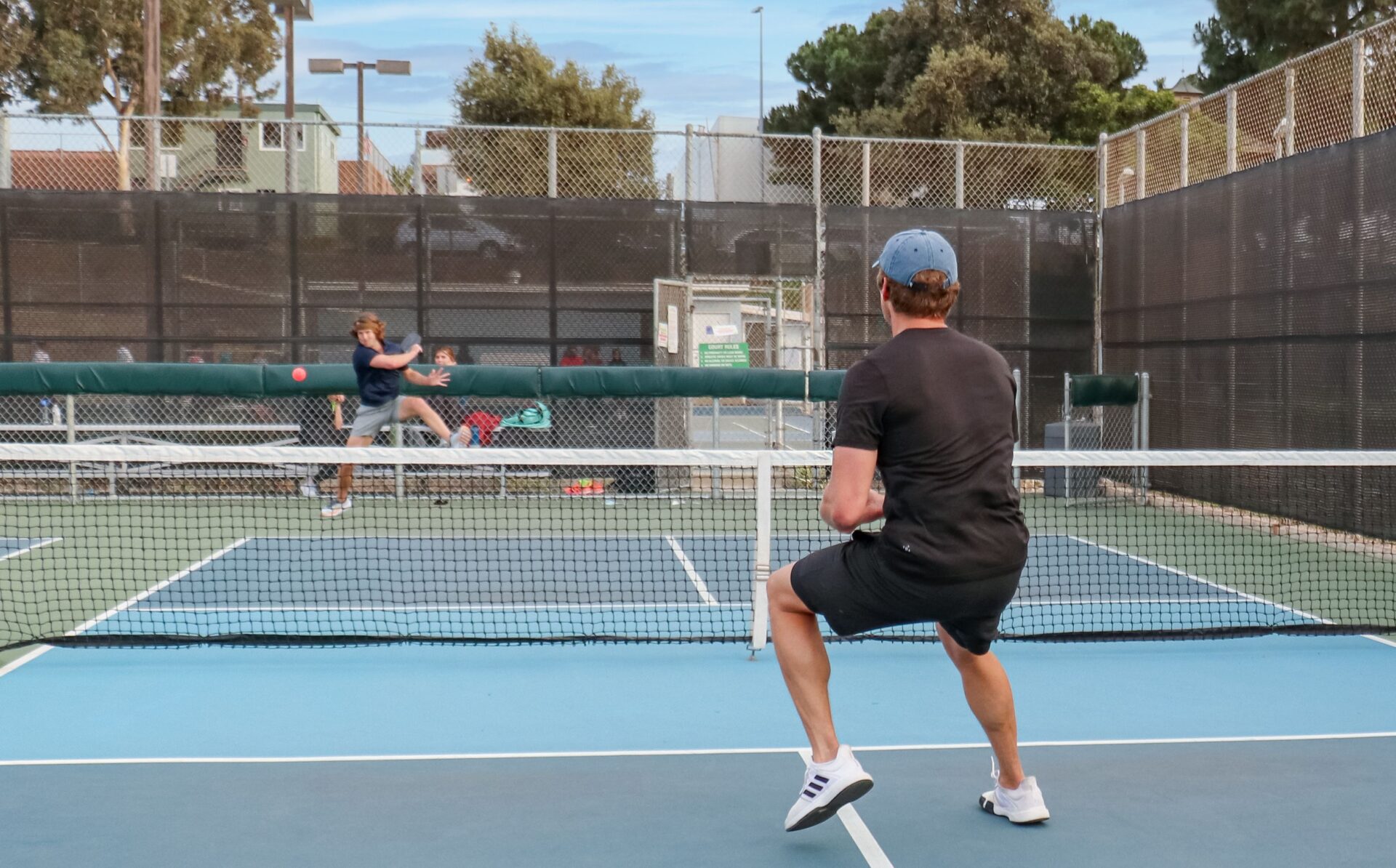
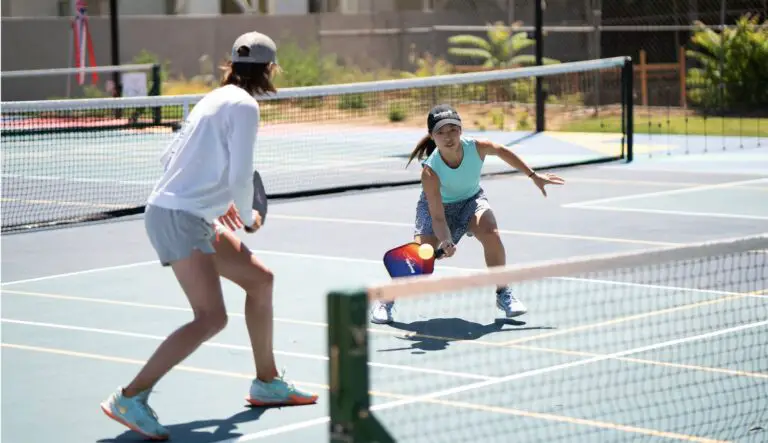
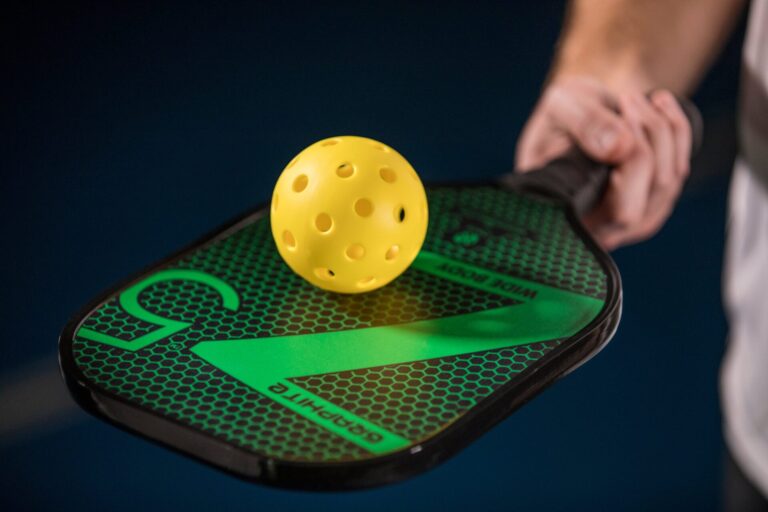
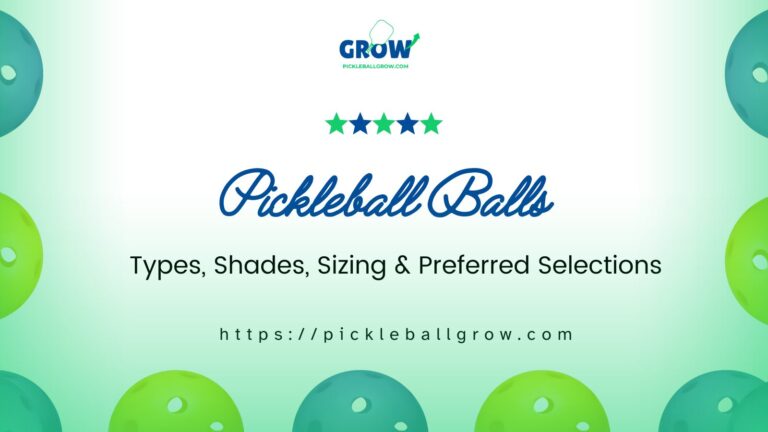
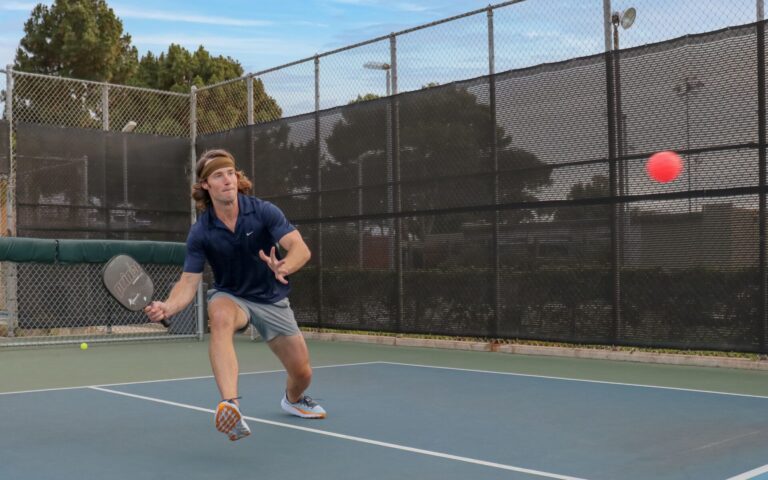

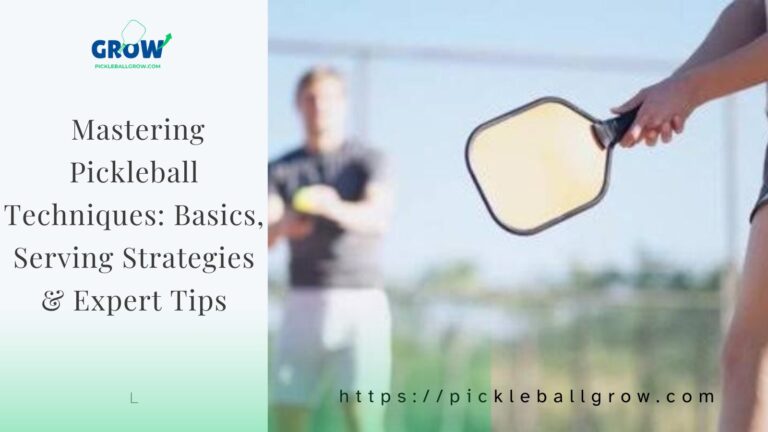
5 Comments
Comments are closed.